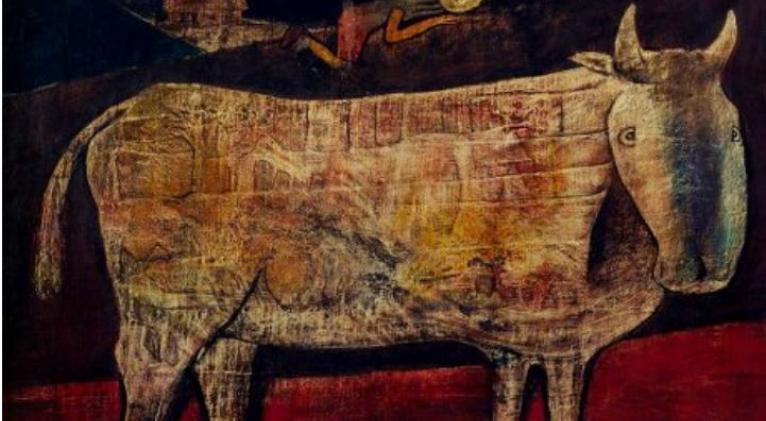LET’S REMEMBER: Eduardo Abela
especiales

Almost 60 years ago, in the month of November, we lost one of the most valuable Cuban artists, with an established career in the plastic arts, especially in drawing and painting. He became renowned after a singular, irreverent character, ironic and charismatic: El Bobo (1926); and with a portfolio of important works for modern painting in his native country, with recognition worldwide.
Eduardo Abela Villareal, a native of San Antonio de los Baños, province of Artemisa, studied at the San Alejandro National Academy of Fine Arts, in Havana, and at the Académie de la Grande Chaumière in Paris, France. He owns an interesting record not only because of his creative work that continues to this day, he was also a diplomat and tobacco worker, with his family origin being humble.
At a very young age he drew cartoons in the press, but humorous drawings were his way of expressing his disagreement with the dictatorship of Gerardo Machado, which reigned in Cuba from 1925 to 1933. During that period, he created the character that gave him popular prestige as he portrayed and characterized the society in which he lived with a lot of wit, apparently in a naive way, but with strong messages of criticism to the system.
Regarded as one of the greatest Cuban painters of the 20th century and influenced by European and Latin trends, Abela was skilled with different techniques and formats, and had a diverse style, from figurative, traditional, surreal, to sometimes abstract. He painted people, everyday life, the city, nature, even torments. His work El Chaos (1950), after the passing of his wife, showed the sentimental abyss in which he found himself with the physical departure of his partner in life.
His legacy transcended time. His art creations are exhibited both in Cuba and abroad, and he is currently the object of study in various art disciplines. Although he used different techniques when painting, Abela is easy to identify because his very personal language of saying is perceived in his diversity. From his series Afrocubana (1928), to one of his most media-worthy pieces, Guajiros (1938) —iconic based on the Creole concept itself— all represent an entire Cuban cultural heritage, worthy of highlighting.
Translated by Sergio A. Paneque Díaz / CubaSí Translation Staff














Add new comment